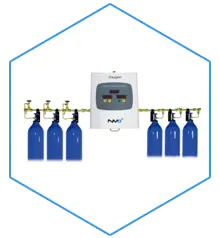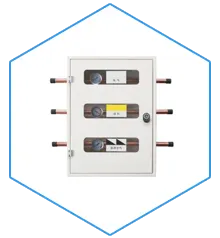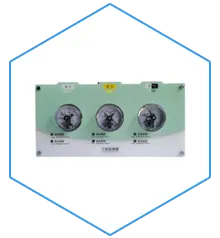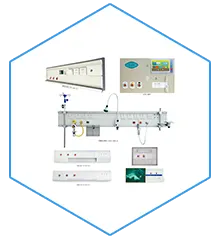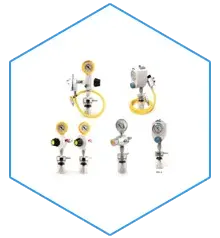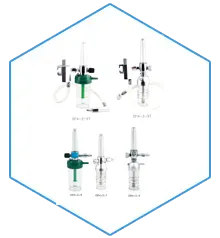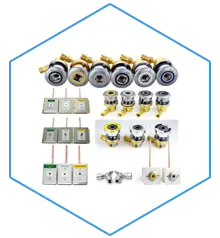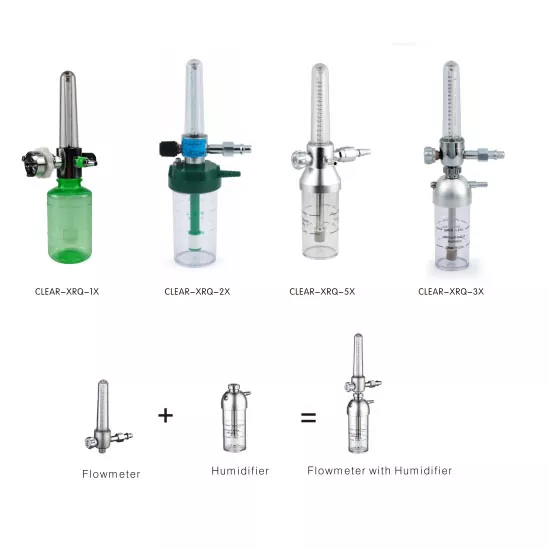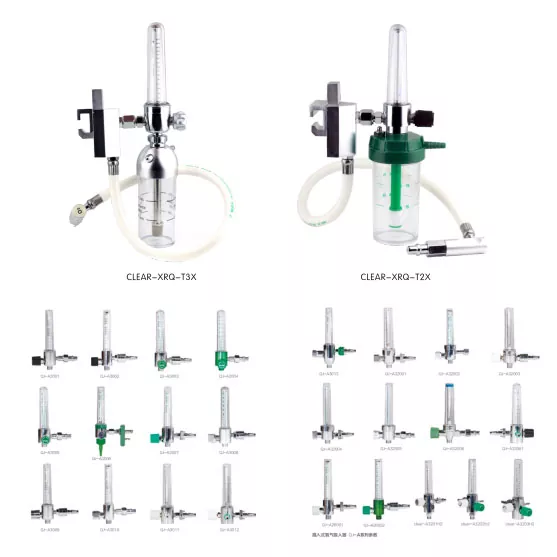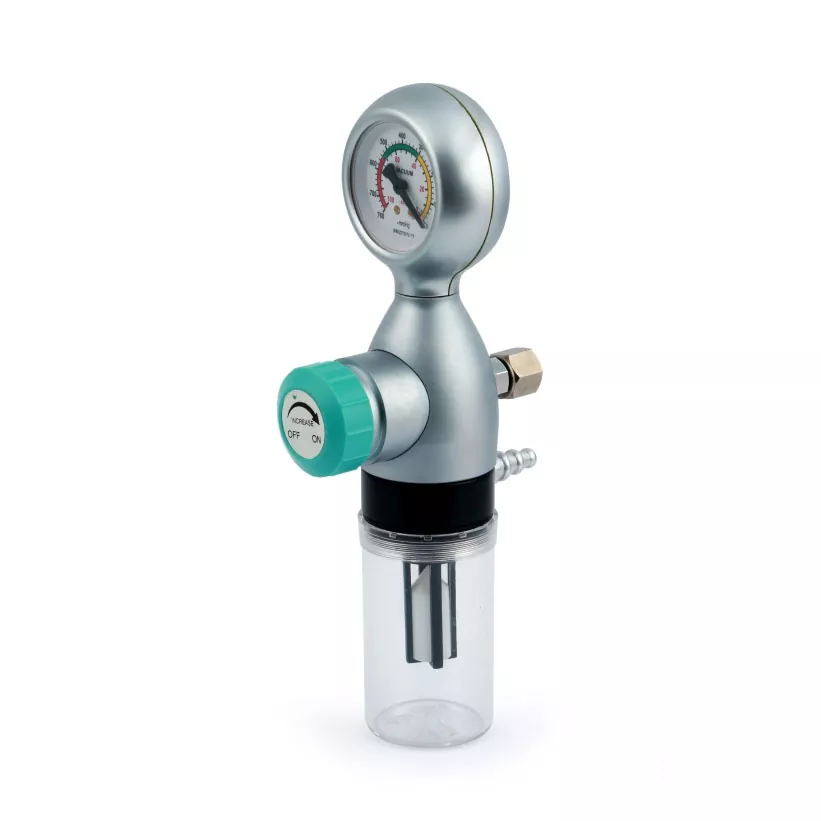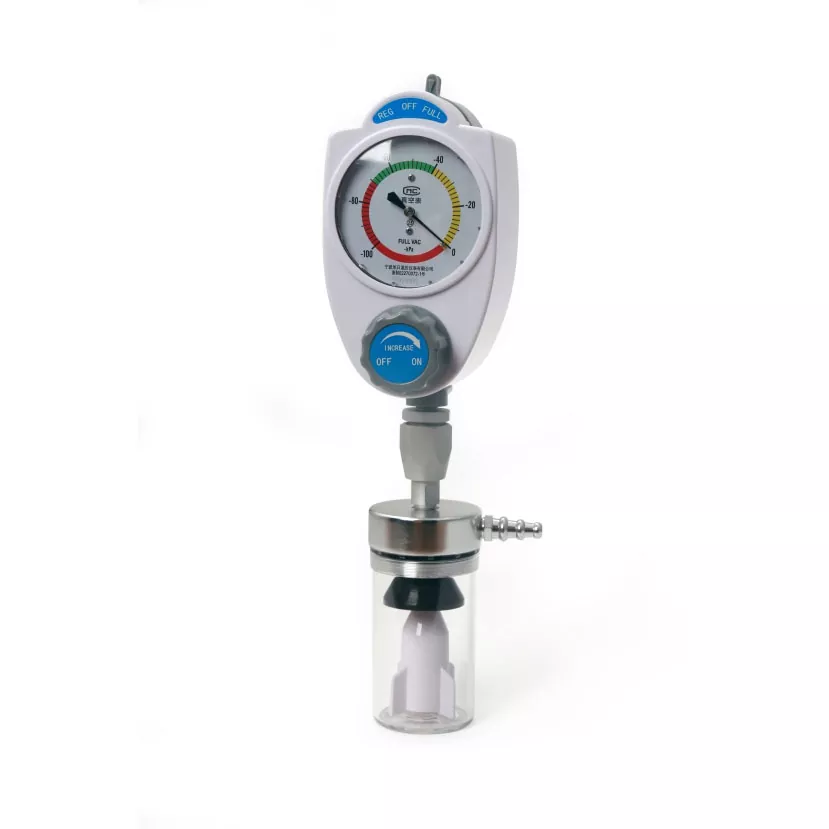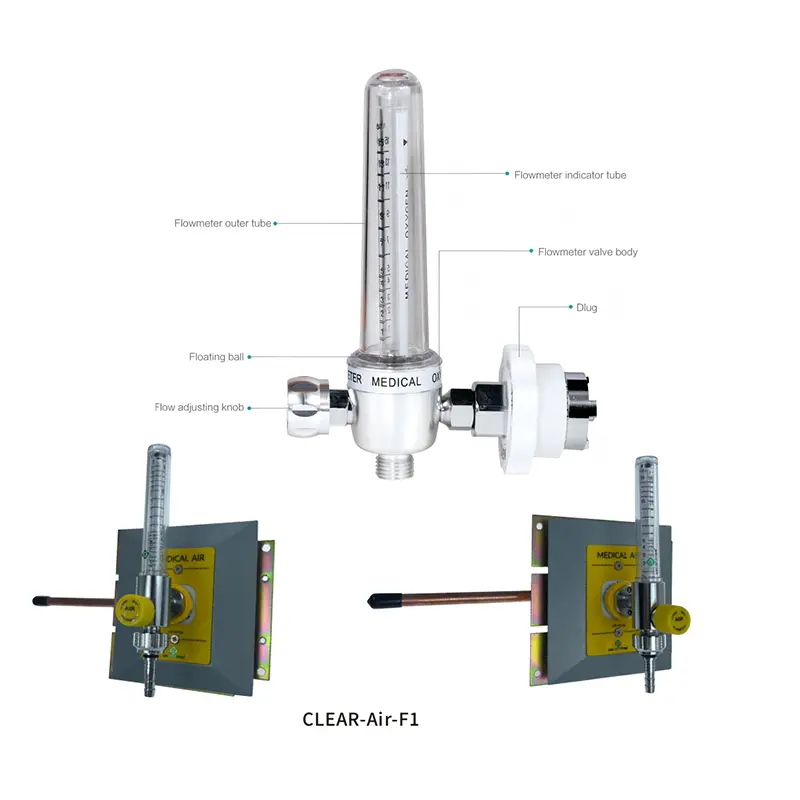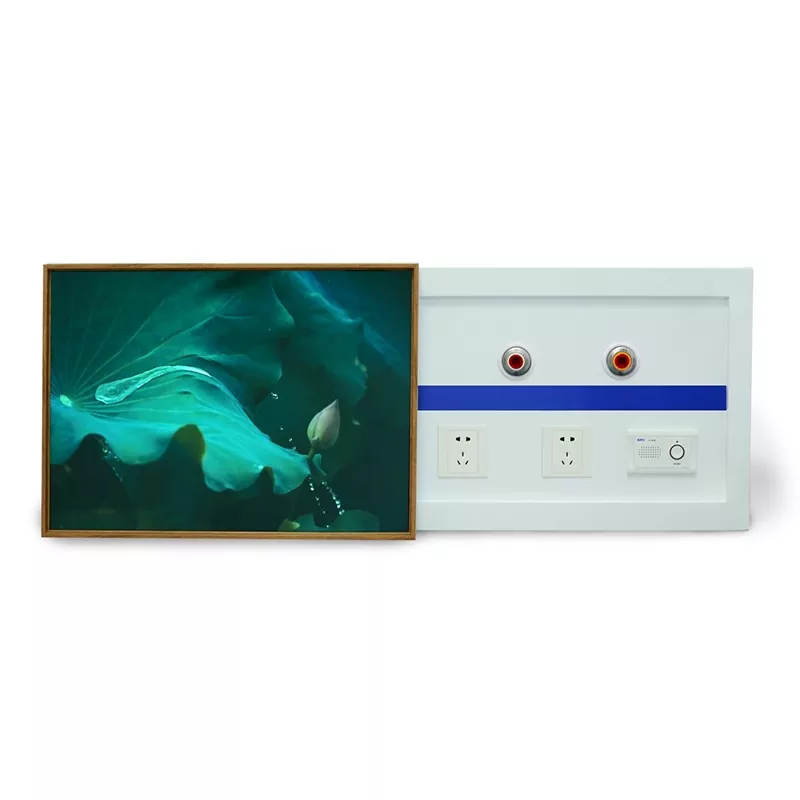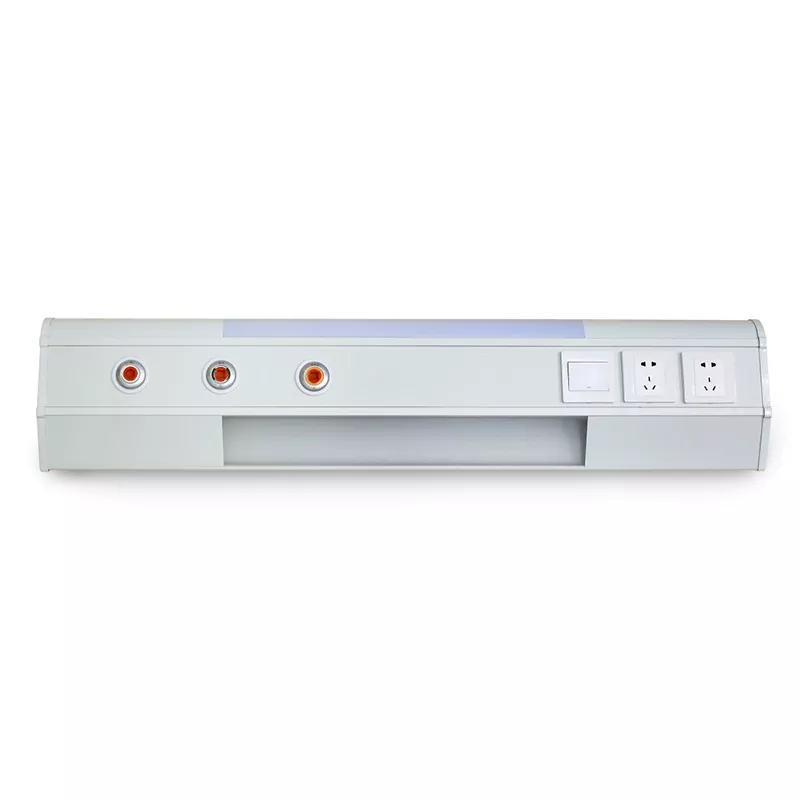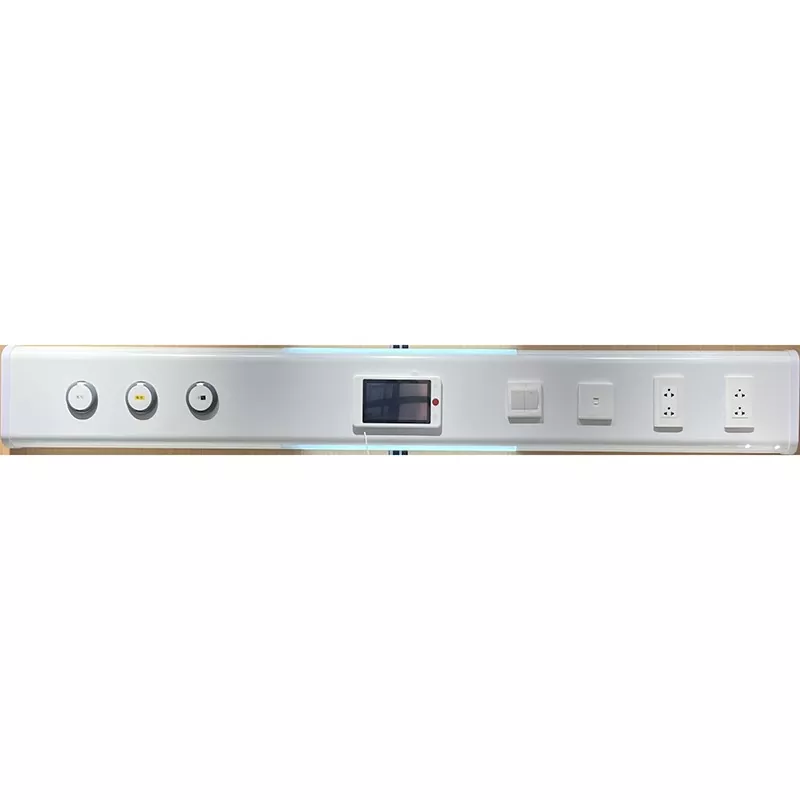
- English
- Español
- Português
- русский
- Français
- 日本語
- Deutsch
- tiếng Việt
- Italiano
- Nederlands
- ภาษาไทย
- Polski
- 한국어
- Svenska
- magyar
- Malay
- বাংলা ভাষার
- Dansk
- Suomi
- हिन्दी
- Pilipino
- Türkçe
- Gaeilge
- العربية
- Indonesia
- Norsk
- تمل
- český
- ελληνικά
- український
- Javanese
- فارسی
- தமிழ்
- తెలుగు
- नेपाली
- Burmese
- български
- ລາວ
- Latine
- Қазақша
- Euskal
- Azərbaycan
- Slovenský jazyk
- Македонски
- Lietuvos
- Eesti Keel
- Română
- Slovenski
- मराठी
- Srpski језик
- 简体中文
Tower-Type Oxygen Regulator
Send Inquiry
1. Precise control of oxygen flow
Adjustable: Through the knob or dial on the flow meter, the oxygen output flow can be accurately adjusted (such as 1-15 L/min) to meet the needs of different patients (such as chronic diseases, first aid, postoperative recovery, etc.).
Visual display: the Tower-Type Oxygen Regulator scale is clear, medical staff or patients can quickly confirm the current oxygen supply, to avoid insufficient flow or waste.
2. Stable oxygen supply and humidification function
Humidification bottle integration: Usually used in conjunction with humidification bottle to humidify dry oxygen and reduce irritation to respiratory mucosa (especially suitable for patients with long-term oxygen inhalation).
Constant flow: Even if the pressure of the oxygen cylinder drops, the flow meter can still maintain the stability of the output flow through the internal pressure compensation mechanism.
3. Simple structure and convenient maintenance
Low failure rate: no complex electronic components, durable mechanical structure, low failure rate.
Easy to clean and disinfect: the wet bottle and leather tube can be disassembled and cleaned, which meets the medical and hygiene standards and reduces the risk of cross infection.
4. Wide compatibility and adaptability
Multi-scenario application: It can connect a variety of oxygen sources such as high-pressure oxygen cylinders, oxygen generators, and central oxygen supply terminals.
Flexible extension: Compatible with oxygen inhalation devices such as nasal catheters, masks and ventilators through standard interfaces such as quick plugs.
5. Safe and reliable
Pressure indication: Some flowmeters are equipped with pressure gauges to monitor the remaining pressure of the oxygen cylinder in real time and to replace it in advance.
Anti-backflow design: Some models have built-in check valves to prevent liquids or contaminants from flowing back into the oxygen tank.
6. Economical and practical
Low cost: low one-time procurement cost, suitable for long-term use in families, clinics, hospitals and other scenarios.
Easy replacement of consumables: Only need to regularly replace the distilled water or sterilized water in the humidification bottle, and the maintenance cost is very low.
7. Intuitive operation without complex training
Medical staff friendly: the knob adjustment and scale display are intuitive, and medical staff can quickly master the operation.
Convenient for patients' own use: In home oxygen therapy, patients or family members can safely use it after simple guidance.
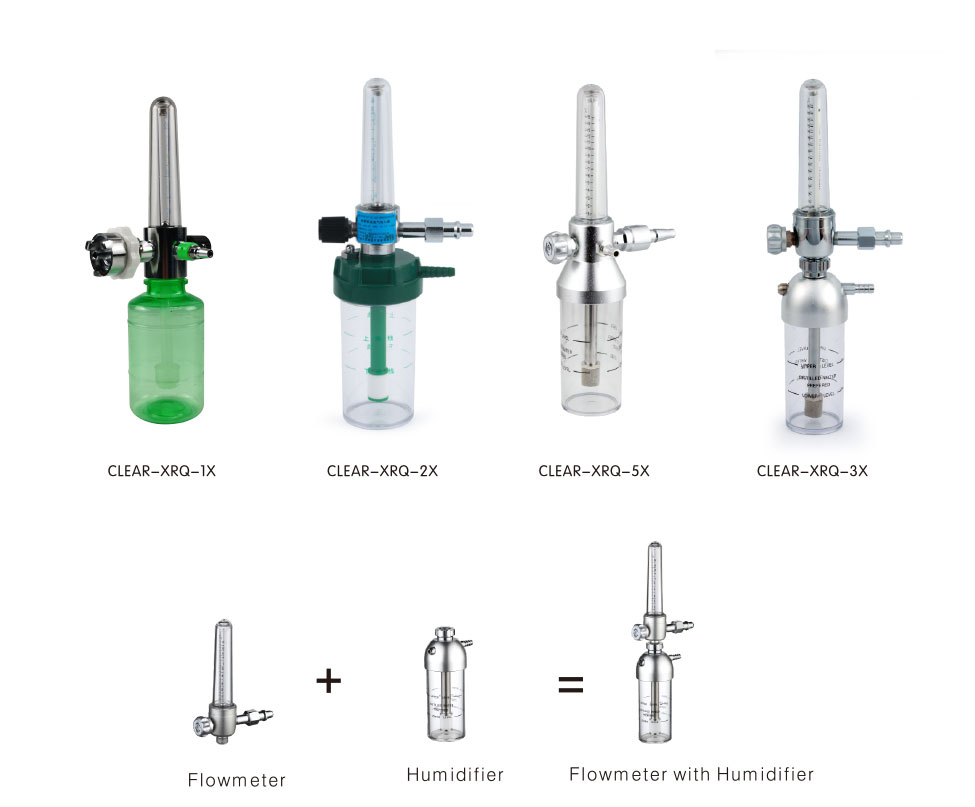
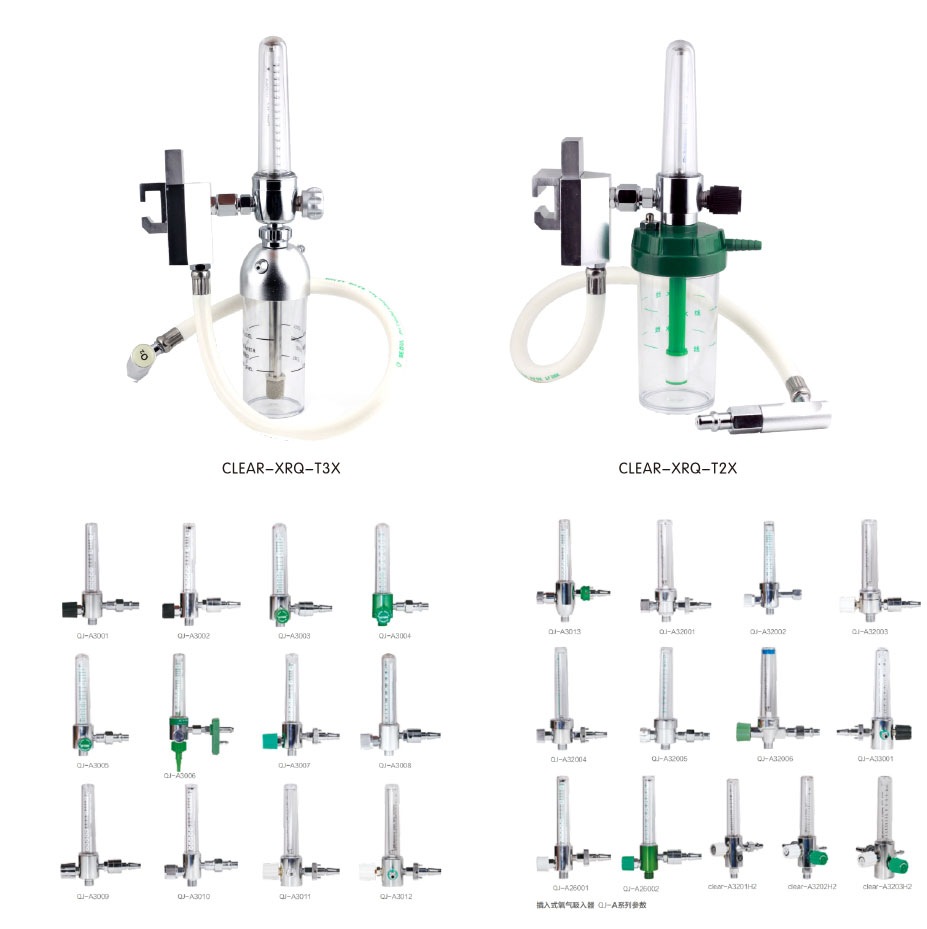
Application scenario
Medical institutions: wards, emergency rooms, operating rooms, etc.
Home oxygen therapy: Chronic obstructive pulmonary disease (COPD), heart failure and other patients who need long-term oxygen.
First aid transfer: with portable oxygen cylinder, for ambulance or outdoor first aid.
Matters needing attention
The humidification bottle should be cleaned regularly and replaced with sterile water to avoid the growth of bacteria.
The leather tube (oxygen pipe) should be checked regularly for aging and air leakage to ensure tightness.
Oxygen flow should be regulated strictly according to doctor's advice to avoid complications caused by high flow oxygen therapy (such as carbon dioxide retention).
